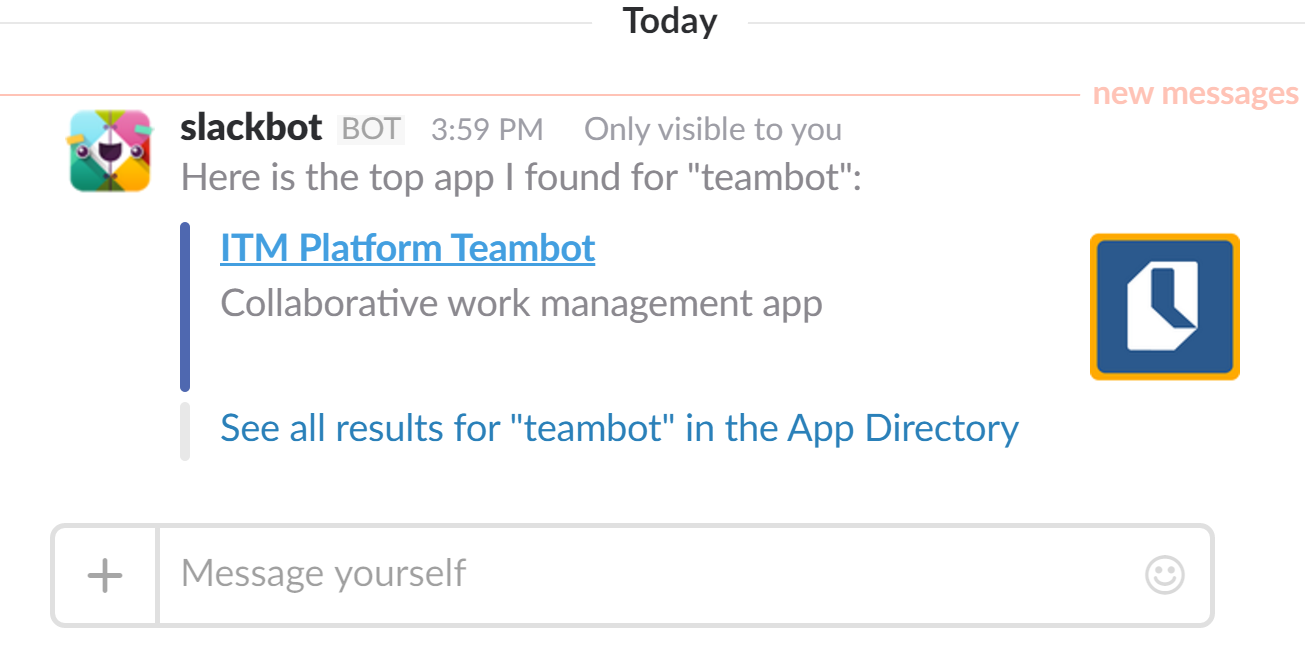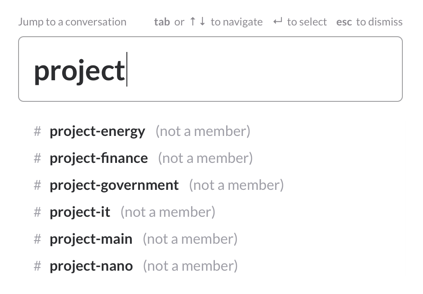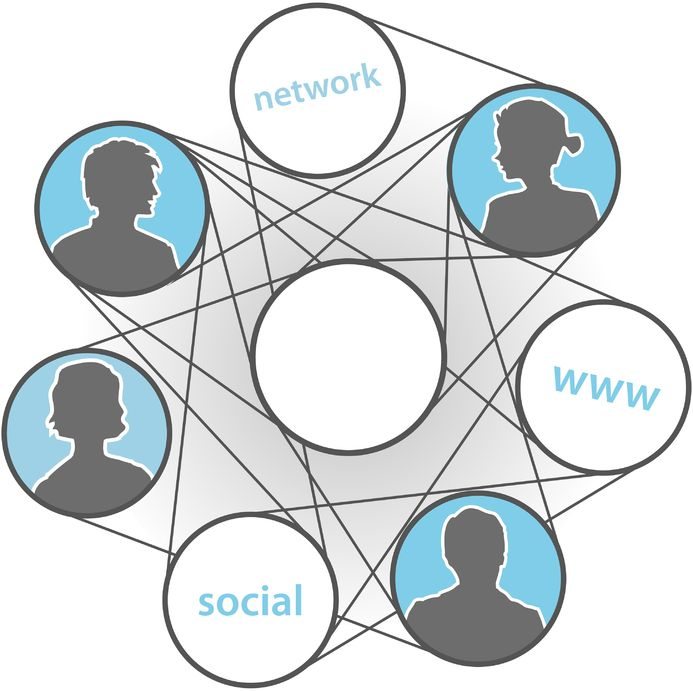 One of the great challenges facing CEOs is improving internal communication. The challenge of this type of policy is to proceed with communication without restricting it; Or, in other words, get the information that:
One of the great challenges facing CEOs is improving internal communication. The challenge of this type of policy is to proceed with communication without restricting it; Or, in other words, get the information that:
- is sufficient but does not generate noise;
- leave traces that allow recovery;
- distributed in a differentiated way, without generating gaps.
The importance of internal communication policies is proportional to the size of the organization. However, finding this balance can be especially difficult if you do not have a team where members are accustomed to collaborative work. To reinforce this interconnection, it is necessary to engage its members with strategies that foster the pooling of their skills and allow them to evolve as part of a whole.
When working in project management, it is vital to strengthen communication channels among the members of the initiative. If we think of our team as a coordinated body, they all bring their inventiveness and talent to achieve a common result by assembling their different functions. However, in designing internal communication policies, different procedures and channels will have to be designed:
-
communication between the team of a project
-
communication between projects and teams other than the same organization(external)
While in the first case the communication tends to have a tactical dimension, because it is oriented to improve the quality of the project and the effectiveness of the execution, in the case of communication between projects can have a strategic dimension, oriented to generate synergies and create Shared knowledge that can raise the value of the organization and its capacity for innovation. It is at this point that the management of internal communication may require an expert to coordinate and direct it.
Perhaps a line of work is not as efficient as it may be because its resources are unlinked, that is: employees, technology and processes work in an uncoordinated way. An integrated vision of the tasks assigned to the team members, allows the manager to guide the goals of each one and propose synergies aimed at encouraging reciprocal learning.
Here are some factors that you should take into account to improve the collaboration in your projects and we present the definitive tool to optimize the communications between the members of your team.
Synchronize your computer
A good internal communication plan allows the company that deploys it to save resources and avoid deviations in cost planning. This is because errors have a greater monitoring by all the collaborators, so that corrections not only come from the management of the project, but are generated once they are publicly shared. The added value of promoting self-help among peers increases the sense of authorship that the employee professes towards the object of his work.
Likewise, a project manager who relies on the values of cooperation and emphasizes the role of collective work will be able to propose more agile solutions, since it will have real-time information on the specific availability of each member, and scope of specialization. It can also use the creation of subgroups that, because of the special affinity of their members, are able to solve problems that another conjugation of employees would be unable to address.
Mission impossible without the right tools
Improving the relationships between the different segments that make up a human team can be supported by software that integrates their tasks, documentary contributions and specific annotations into a single conversion platform. Relying on these types of applications often means that project coordinators have a greater capacity to intervene on the overall stage, since they have a global perspective on all operations.
Slack is a great example of business communication that manages to retain the user, retrieve shared information more easily than email, and add features through apps. There are many reasons why you should start using Slack in your office.
For example, the ITM Platform Teambot application allows you to use ITM Platform from Slack, query tasks and projects and navigate to the planning environment without having the Slack chat.
If you are not an ITM Platform customer, you can now try Teambot with a free environment from this trial:
Little by little
It often happens that employees perceive these types of measures as restrictive, since they involve the obligatory adaptation of all those affected to be implemented. However, once that initial phase of mistrust in the new protocols is overcome, they themselves discover the advantages of working with project management tools.
One of the most common points of friction between employees and a new working methodology is related to the learning challenges involved in using an unknown platform. In this sense, ITM Platform Teambot relies on the leadership of the Slack network within the world of corporate messaging and leverages its infrastructure to offer a more intuitive work experience. Moving to an environment where the user feels comfortable reduces the general rejection associated with technical progress.
To counteract this proven trend that evokes the technological evolution in teams already formed, it is appropriate to devote the time that is necessary to show the benefits derived from working with state-of-the-art solutions. Creating a tutorial for all collaborators, starting a shared video conference presentation or disseminating a written manual, are initiatives that can reduce the step and increase the confidence of the staff in the new methodology.
As you have seen, many factors are involved in the definition of an internal communication plan. Therefore, we must spare no effort in enabling new channels of interaction that ensure corporate synergy and increase the degree of commitment of our employees or subordinates.







 Social networks have entered our lives, and they are here to stay.
Social networks have entered our lives, and they are here to stay. As the famous poet Mattie Stepanek once said, “when there is collaboration, wonderful things can be achieved.” But what happens when those who are meant to collaborate are geographically separated, physically incapable of meeting with one another? The answer is virtual collaboration.
As the famous poet Mattie Stepanek once said, “when there is collaboration, wonderful things can be achieved.” But what happens when those who are meant to collaborate are geographically separated, physically incapable of meeting with one another? The answer is virtual collaboration. 